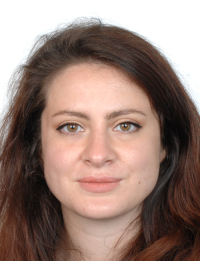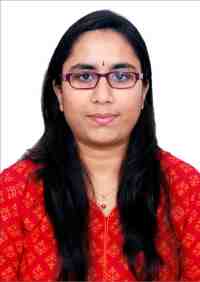Loose Group
Self-Organization of Protein Systems
How are nanometer-sized proteins able to perform complex functions on a cellular scale? The Loose group studies the molecular mechanisms of intracellular self-organization by rebuilding cellular functions in a bottom-up approach.
Although we often know which proteins are required for specific processes in the cell, how they act together to accomplish this task is not yet understood. Instead of looking at complex phenomena in an intact cell, the Loose group aims to rebuild cellular functions from purified components. This bottom-up approach allows for a better control of the experimental conditions and a quantitative characterization of the underlying molecular processes. Ultimately, this helps to identify the mechanistic principles that allow to give rise to living systems. The interdisciplinary approach of the Loose group combines biochemical reconstitution experiments with advanced fluorescence microscopy, biomimetic membrane systems, and computer-aided image analysis. They currently focus on two research questions: (1) What is the mechanism of bacterial cell division?, and (2) What are the emergent properties of small GTPase networks involved in membrane identity formation and vesicle transport?
Team
Current Projects
Self-organization of the bacterial cell division machinery | Emergent properties of small GTPase networks
Publications
Wilmes S, Tönjes J, Drechsler M, Ruf A, Schäfer JH, Lürick A, Januliene D, Apelt S, Di Iorio D, Wegner SV, Loose M, Moeller A, Paululat A, Kümmel D. 2025. Mechanistic adaptation of the metazoan RabGEFs Mon1-Ccz1 and Fuzzy-Inturned. Science Advances. 11(35), eadx2893. View
Kettel P, Marosits L, Spinetti E, Rechberger M, Giannini C, Radler P, Niedermoser I, Fischer I, Versteeg GA, Loose M, Covino R, Karagöz GE. 2024. Disordered regions in the IRE1α ER lumenal domain mediate its stress-induced clustering. EMBO Journal. 43(20), 4668–4698. View
Vanhille-Campos CE, Whitley KD, Radler P, Loose M, Holden S, Šarić A. 2024. Self-organization of mortal filaments and its role in bacterial division ring formation. Nature Physics. 20, 1670–1678. View
Gnyliukh N, Johnson AJ, Nagel M, Monzer A, Babic D, Hlavata A, Alotaibi S, Isono E, Loose M, Friml J. 2024. Role of dynamin-related proteins 2 and SH3P2 in clathrin-mediated endocytosis in Arabidopsis thaliana. Journal of Cell Science. 137(8), jcs. 261720. View
Nußbaum P, Kureisaite-Ciziene D, Bellini D, Van Der Does C, Kojic M, Taib N, Yeates A, Tourte M, Gribaldo S, Loose M, Löwe J, Albers SV. 2024. Proteins containing photosynthetic reaction centre domains modulate FtsZ-based archaeal cell division. Nature Microbiology. 9(3), 698–711. View
ReX-Link: Martin Loose
Career
Since 2021 Professor, Institute of Science and Technology Austria (ISTA)
2015 – 2021 Assistant Professor, Institute of Science and Technology Austria (ISTA)
2011 – 2014 Departmental Fellow, Harvard Medical School, Boston, USA
2010 – 2011 Postdoc, TU Dresden and Max Planck Institute of Molecular Cell Biology and Genetics, Dresden, Germany
2010 PhD, TU Dresden and Max Planck Institute of Molecular Cell Biology and Genetics, Dresden, Germany
Selected Distinctions
2022 ERC Consolidator Grant
2016 HFSP Young Investigator Grant
2015 ERC Starting Grant
2012 – 2014 HSFP Long-term fellowship
2011 – 2012 EMBO Long-term fellowship
2010 Dr. Walter Seipp Award for best dissertation at TU Dresden
2001 – 2009 Student and PhD Fellowship of the German National Scholarship Foundation














